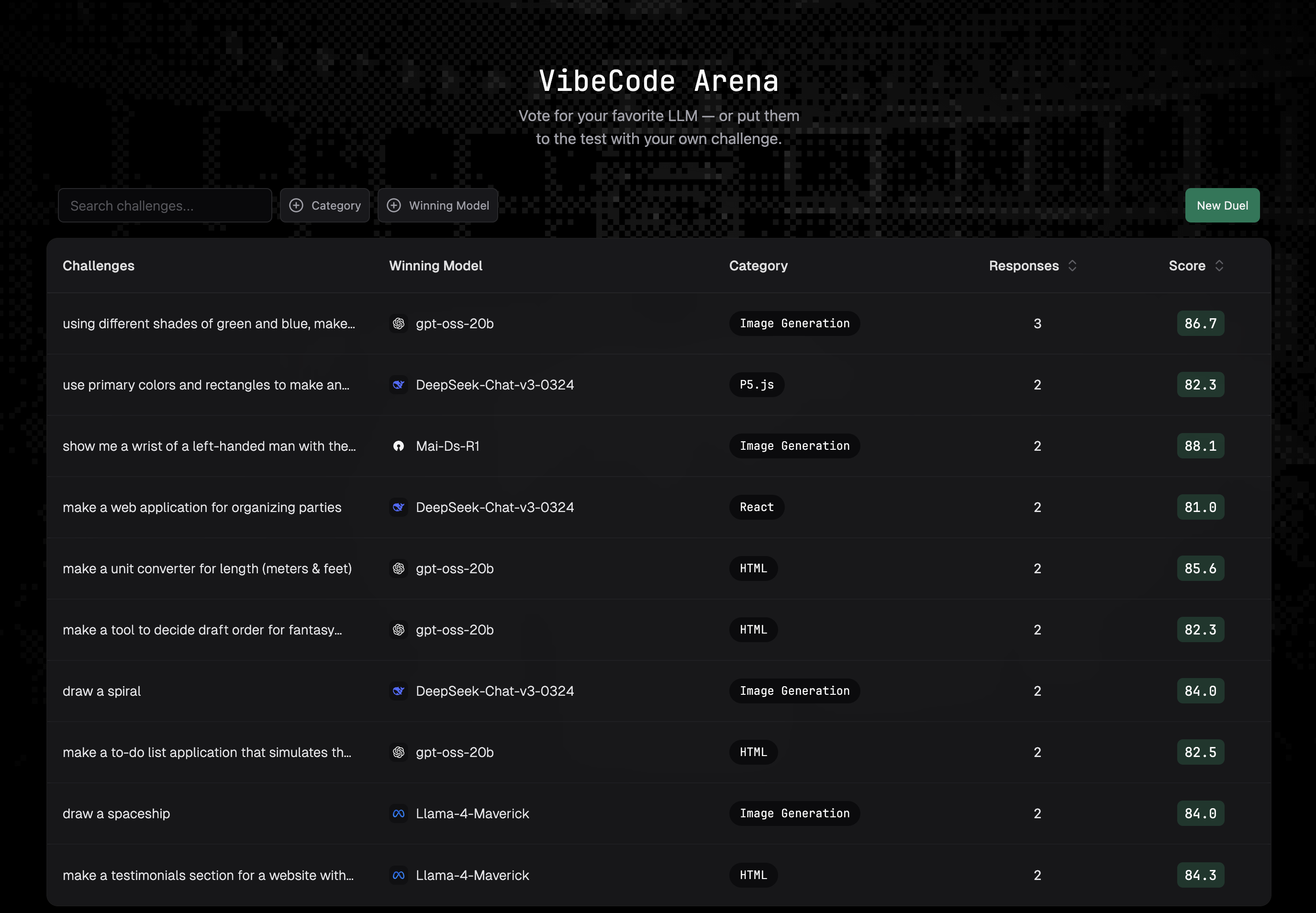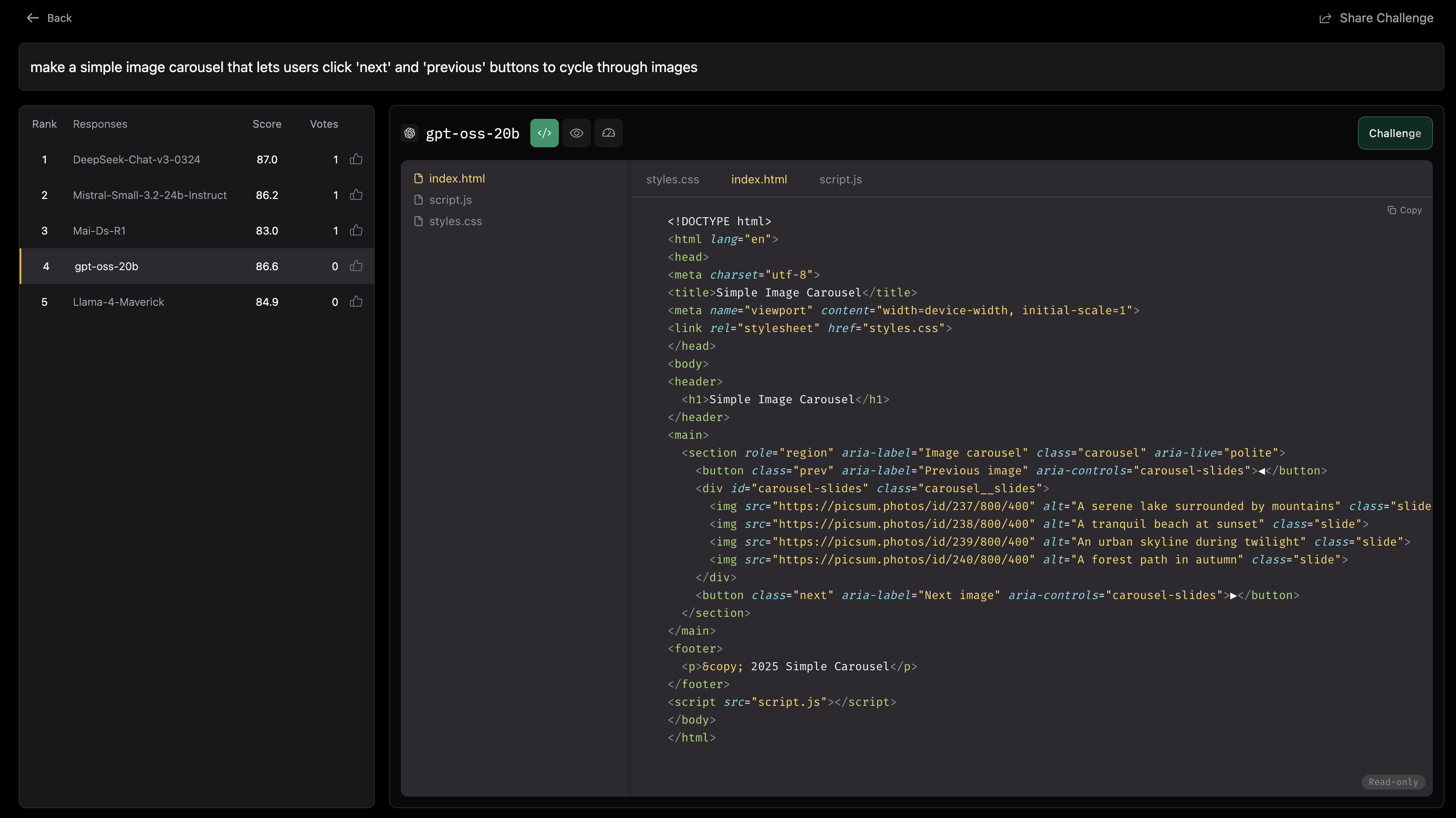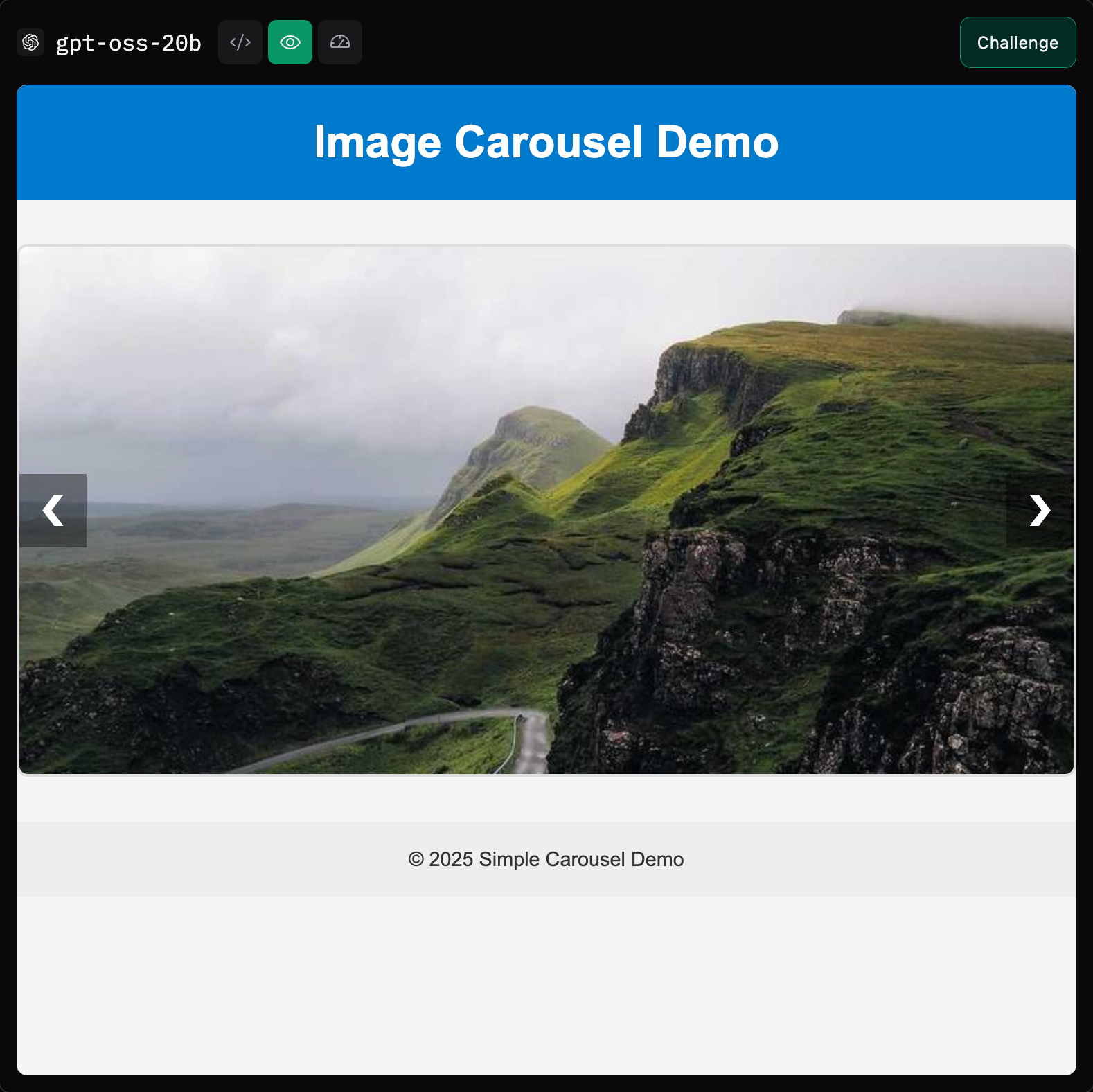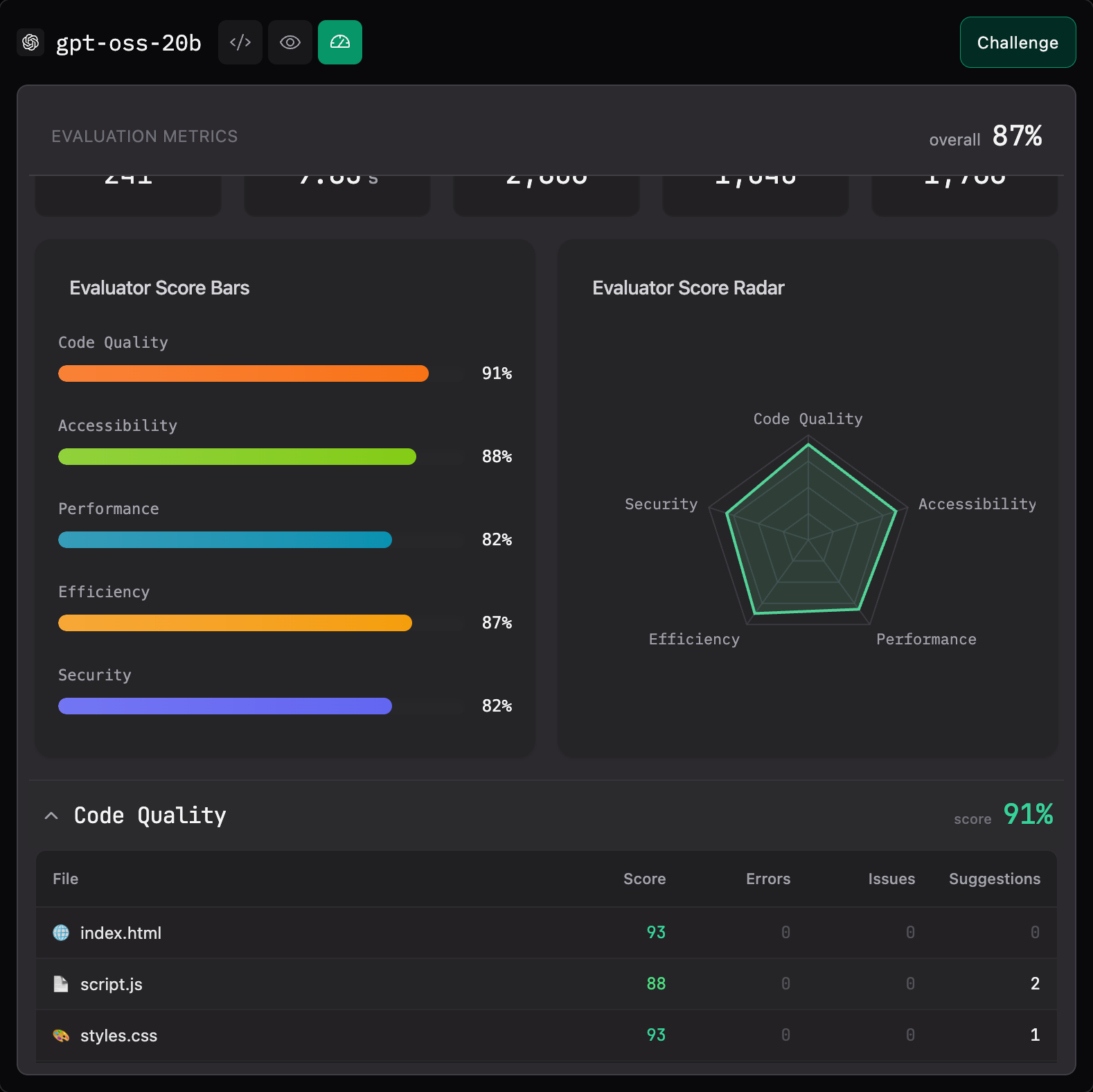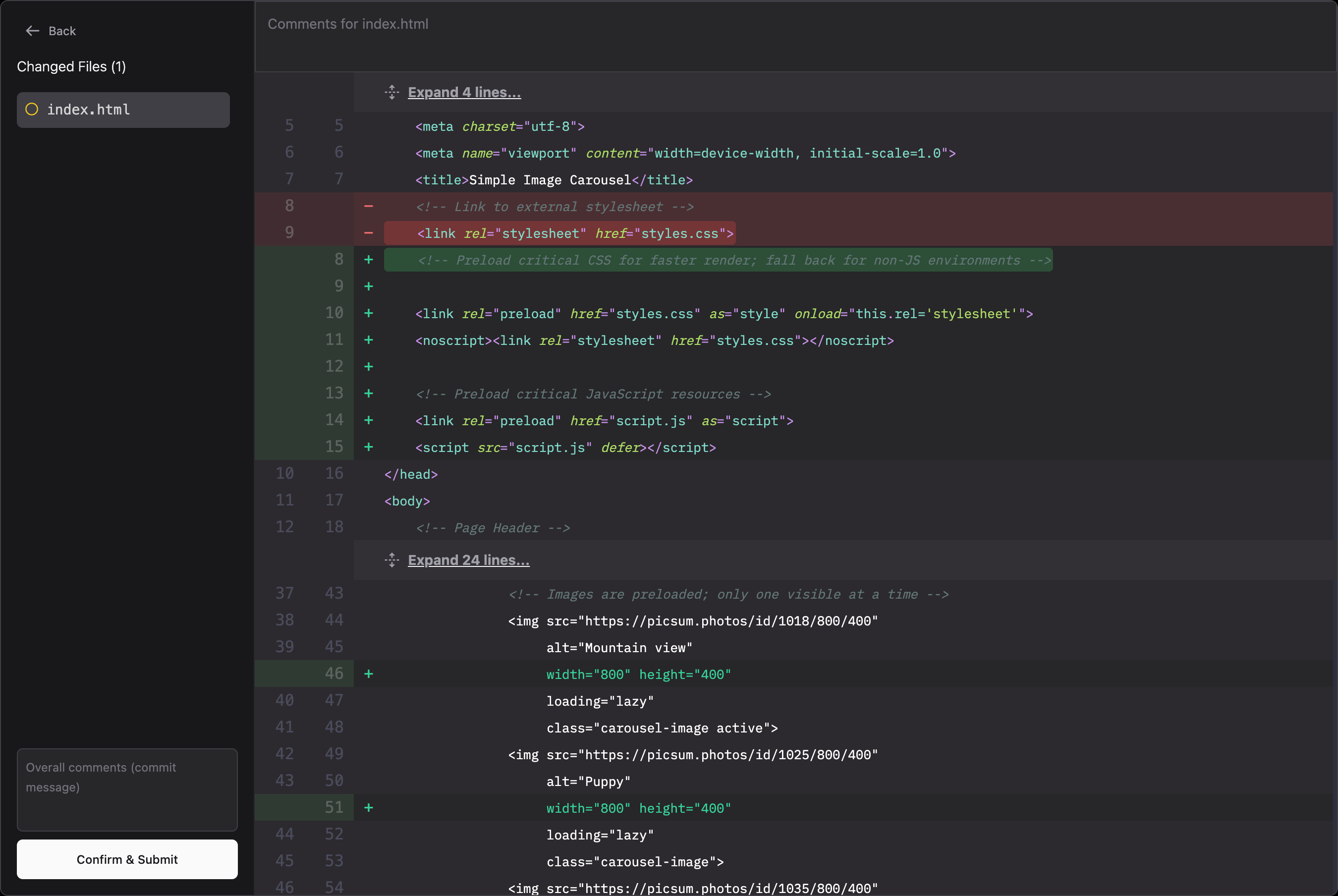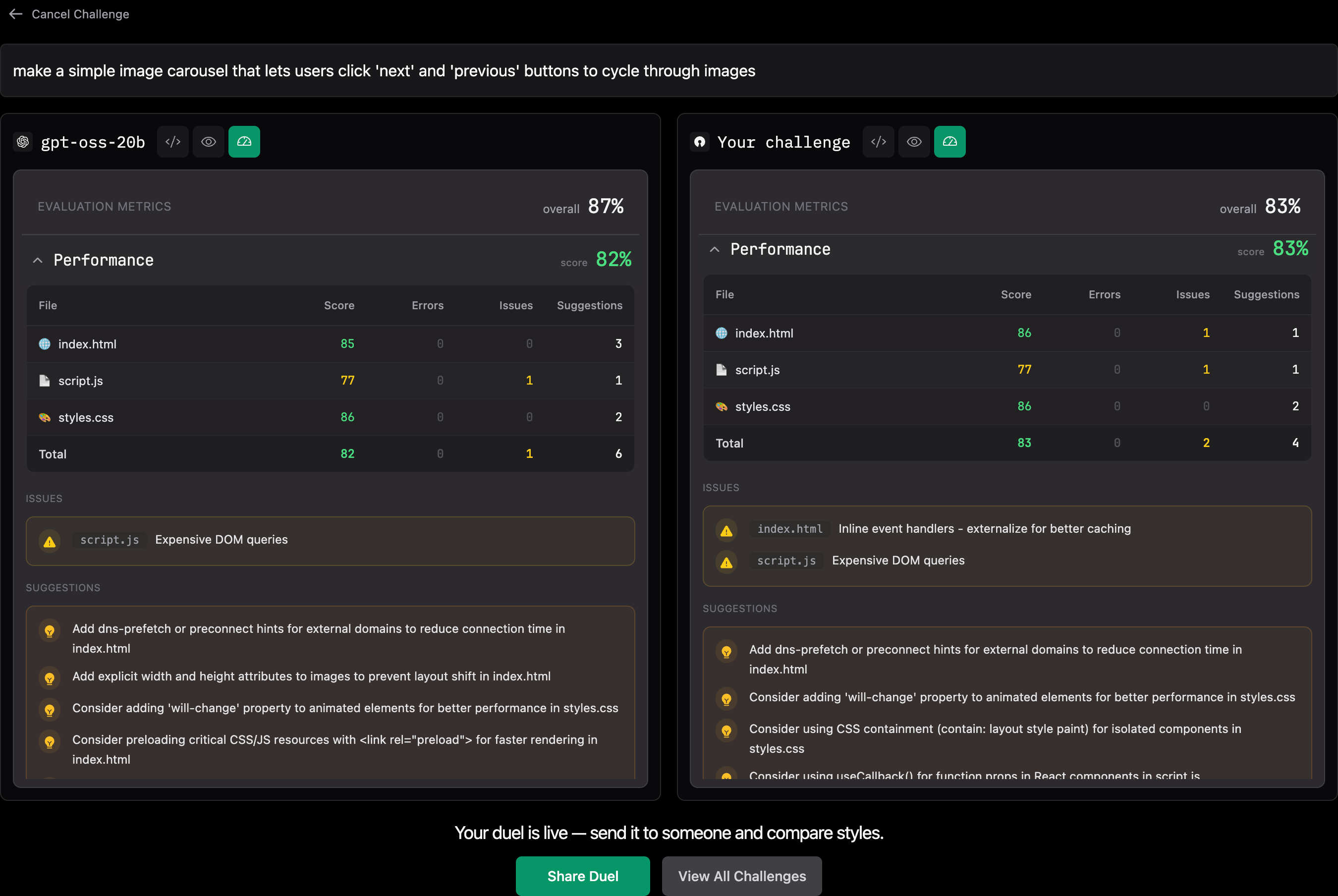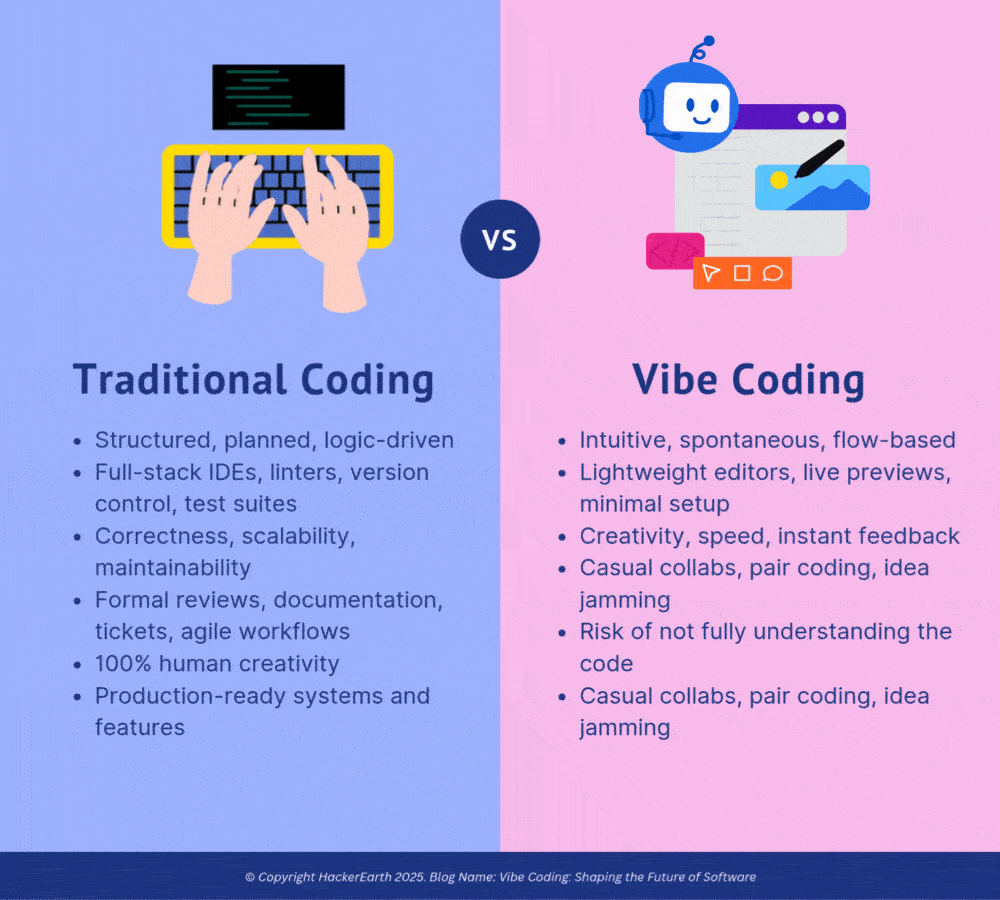The competition for good jobs is very high, and SaaS recruitment software is used in modern companies to manage the vast pool of candidates. These cloud-based software solutions allow organizations to perform repetitive tasks, improve candidate experience, and make data-driven decisions. Facilities like applicant tracking and hiring are thus achieved by recruitment platforms, making it easier for teams to identify talent and integrate them into the organization.
Below, we outline the 10 best SaaS recruitment solutions to help you transform your HR management.
What is SaaS Recruitment Software?
SaaS recruitment software is an application that offers solutions for hiring a candidate for a particular job from start to finish. Compared to conventional methods and tools, SaaS solutions are web-based and thus can be used irrespective of geographical location and working model, whether remote or hybrid. They typically include features like:
- Applicant tracking.
- CRM – candidate relationship management.
- Presentation of data for hiring trends.
- Advanced media technologies.
Why Use SaaS Recruitment Software?
There are several benefits of employing SaaS recruitment software that help in countering traditional challenges regarding the problem:
- Scalability: Able to handle any business type, from emerging startups to incumbent large giants.
- Cost-Effectiveness: Since it is not a complex network setup, it does not warrant huge IT or maintenance expenditures.
- User-Friendly Interfaces: Reduces the workload of the HR departments and hiring managers when recruiting talents.
Real-Time Updates: Communicates and ensures everyone within and outside the organization is on the same page.
Explore the benefits of these platforms in Best Recruitment Software for Seamless Hiring.
Top 10 SaaS Recruitment Software
Workable
Workable is one of the all-in-one SaaS recruitment tools, and it is famous for having convenient interfaces and numerous benefits. It offers:
- AI-driven candidate sourcing.
- Pre-screening questionnaires.
- Integrated video interviews.
Why Choose Workable? Its simplicity makes it convenient for firms seeking an easy-to-use but functional tool.
Lever
Lever integrates applicant tracking with CRM solutions so candidates can be contacted individually. Key features include:
- Automated workflows.
- High-quality data about recruitment outcomes.
- Customizable pipelines.
Case Study: Lever proved helpful at Netflix by easing the hiring process through which the entertainment giant sources its talent.
Greenhouse
Greenhouse is one of the biggest SaaS recruitment platforms for structured hiring. Its features include:
- Independent evaluation checklists for candidate scores.
- Recruitment and orientation procedures for the new employees.
- High-level data to enhance the processes of selection.
Why Choose Greenhouse: This is especially suitable for organizations that want to organize their hiring and gather quantitative data.
BambooHR
BambooHR is designed for small to mid-sized organizations that need an integrated HR system, tools, and recruitment features. Key features include:
- Recruitment and hiring for talent.
- E-signatures for contracts of employment.
- Employee self-service portals, and so forth.
Learn more about tools for small businesses in Recruiting Software for Small Businesses.
JazzHR
JazzHR is one of the few affordable solutions without a focus on features. It includes:
- Procedures for hiring in coordination with other departments.
- Flexible templates for job listings.
- Integrations with other HR tools and applications.
Case Study: A U.S.-based marketing agency reduced its time-to-hire by 30% using JazzHR’s candidate tracking system.
SmartRecruiters
SmartRecruiters provides features that can meet the demands of large organizations in their hiring process. Highlights include:
- Hires AI to provide candidate suggestions.
- Recruitment in multiple countries for the company and supporting multiple languages.
- Employer branding tools.
Why Choose SmartRecruiters: It has several superior attributes, which makes it most preferred by large-scale international organizations.
Zoho Recruit
Zoho Recruit collaborates with other tools within the Zoho family, providing an easy transition to other business applications. For courier businesses aiming to expand, understanding how to get courier contracts is crucial to secure consistent delivery opportunities. Key features include:
- Sourcing of candidates through job portals and social networking sites.
- Computerization of routine or mundane tasks.
- Customized daily, weekly, or monthly reports that can guide specific strategies and tactics.
Case Study: A European logistics company implemented Zoho Recruit to handle large volumes of recruitment during busy seasons and saw a 40% increase in the hiring process.
Recruitee
Today, Recruitee is aimed at collective hiring, and working with a team is very convenient. It offers:
- Broaden the reach through integration with other job boards.
- Checklists for structured interviews.
- Dragging and dropping of pipeline options.
Why Choose Recruitee: It is especially relevant to teams that recognize the importance of working together and avoiding unnecessary steps.
iCIMS
iCIMS is a scalable talent acquisition software perfect for growing businesses. Its features include:
- AI-enabled SaaS recruitment marketing.
- Mobile-friendly career sites.
- Analytical tools and measurement of performance with a wide range of KPIs.
Why Choose iCIMS: It is especially useful for organizations that want to improve their employer branding and attract more candidates.
Bullhorn
Bullhorn has been developed to accommodate many customers and is used by staffing and recruitment agencies. Features include:
- End-to-end recruitment CRM.
- Powerful search capabilities.
- Instant hiring through mobile applications.
Explore more about top solutions in Top Recruiting Software: A Comprehensive Guide.
How to Choose the Right SaaS Recruitment Software
Identify Your Needs
- Small businesses seek usability and low software costs.
- Organizations may require additional functionalities, such as AI integration or support for multiple languages.
Evaluate Scalability
Make sure the software can expand as your organization expands, as this will help you develop the necessary heavy SaaS recruitment.
Consider Integration
Choose solutions compatible with other applications you already use, like HR management systems or payroll software.
Prioritize Candidate Experience
Always select user-friendly software for the application and one with added facilities such as mobile-friendly and real-time integration.
Case Studies: SaaS Recruitment Software in Action
Case Study 1: Spotify’s Greenhouse Integration
Spotify chose Greenhouse to utilize structured SaaS recruitment procedures at the international level. This led to a 25% reduction in hiring bias and enhanced candidate satisfaction scores.
Case Study 2: Zoho Recruit at DHL
DHL implemented Zoho Recruit to efficiently recruit temporary workers. During the festive season, for instance, DHL may require more workers to meet the increased demand.
Future Trends in SaaS Recruitment
AI-Powered Insights
AI is also expected to enhance candidate matching and even do more predictive hiring trends.
Gamification in Recruitment
More platforms will also integrate the features to make the assessments more compelling and accurate.
Hyper-Personalization
SaaS recruitment trends personalized candidate experiences include automated follow-ups and custom job recommendations.
Advanced Analytics
Recruitment platforms will give more information about candidates and hiring efficiency.
Conclusion
SaaS Recruitment software is also revolutionizing the way organizations look for, assess, and hire candidates. Thus, proper platform selection helps increase productivity, provide candidates with a better experience, and achieve the desired result in the hiring process.
Ready to streamline your recruitment process? Visit HackerEarth’s Official Website to explore cutting-edge solutions and resources for your hiring needs.








